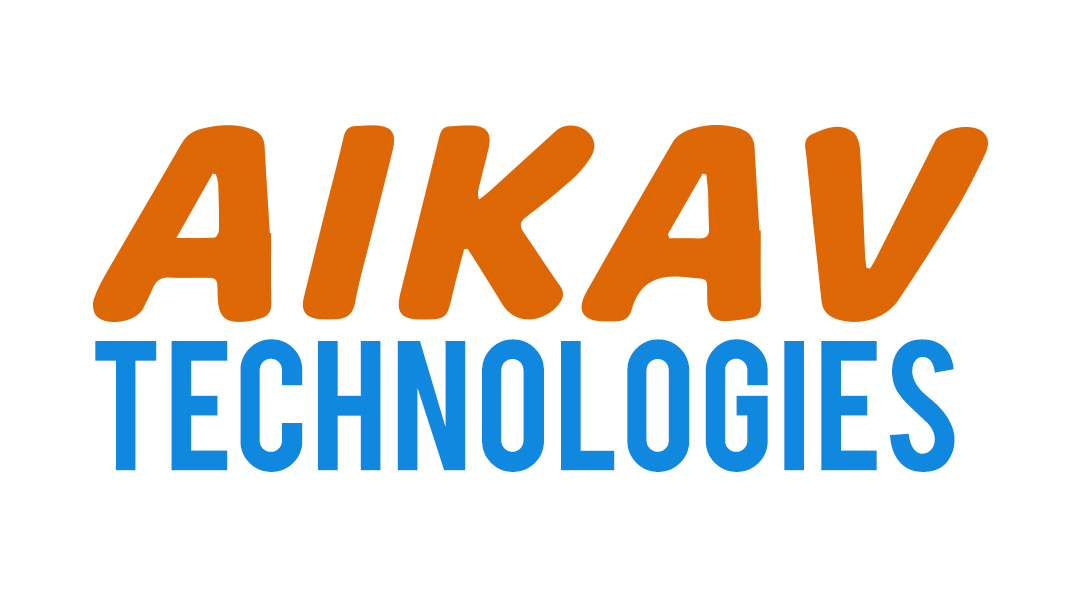As WordPress continues to dominate as one of the world’s most used content management systems, 2025 brings exciting shifts in how developers build for the platform. From AI to headless architectures, performance to sustainability—here’s what’s changing and what you should watch out for.
What’s Changing
Below are the major trends shaping WordPress development in 2025, with implications for developers, site owners, agencies, and businesses.
| Trend | What It Is / Why It Matters | Key Impacts |
|---|---|---|
| AI-Powered Workflows & Content Tools | More plugins/themes are integrating generative AI to automate or assist in content creation, SEO suggestions, layout/design ideas, image generation, even drafting entire websites. | Speeds up content creation; helps non-technical users; raises questions around quality, originality, bias, and costs. |
| Headless / Decoupled Architectures | Using WordPress as backend (CMS) while the front-end is built in modern JS frameworks (React, Vue, Next.js, Astro etc.). REST or GraphQL APIs are used to fetch content. | Better flexibility; improved performance; easier to deliver content across multiple platforms (web, apps, IoT). Also more complexity in setup, deployment. |
| Full Site Editing (FSE) & Block-First Themes | Gutenberg and block editor continue to evolve; block themes, global styles, site editor tools allow more parts of the site (header/footer/layout) to be edited through blocks. | Less dependency on custom PHP theme templates; better user empowerment; potentially less custom development for standard layouts; growing demand for well-designed blocks & reusable components. |
| Performance, Web Vitals & Page Speed | Core Web Vitals (LCP, CLS, FCP etc.), faster load times, more efficient image formats (WebP, AVIF), lazy loading, minimized scripts, better caching, CDNs. | Better SEO, better user experience, lower bounce rates; more pressure on hosting, themes, plugins to be optimized; developers must focus on lean code. |
| Security & Privacy Enhancements | Tighter security practices, multi-factor authentication, threat monitoring, secure defaults, real-time malware scanning, privacy compliance (GDPR, CCPA, etc.). | Reduced risk; increased trust with users; more ongoing maintenance and update needs; higher expectations from clients. |
| Progressive Web Apps (PWAs) & Offline / Mobile Features | WordPress sites behaving more like native apps: offline access, push notifications, app-like UX, fast loading on mobile. | Increased engagement; better mobile performance; new plugin / theme roles; balancing app-like features with web limitations. |
| Voice Search, Visual Search & SEO Evolution | Optimizing for conversational queries; schema markup; image search; visual content; local voice searches. | Need to write content differently; more structured data; optimizing media; perhaps new kinds of analytics and keyword research. |
| No-Code / Low-Code / Visual Builders | Drag-&-drop builders (Elementor, Divi, Bricks, etc.), more visual tools; even non-developers building sites; tools providing code-level control when needed. | Faster delivery; lower barrier to entry; competition increases; premium features & support become differentiators; need for performance-friendly builders. |
| Sustainability & Green Hosting | Lightweight themes, efficient code, green/renewable energy hosting, minimizing carbon footprint. | Important for branding & compliance; some trade-offs in hosting cost; more awareness and perhaps premium for sustainable providers. |
| E-Commerce Enhancements & Immersive UX | Better WooCommerce integrations, AR/VR previews, frictionless checkouts, personalized shopping experiences. | Increased conversion; higher expectations from customers; need for better performance and security; more plugin / payment gateway innovation. |
Opportunities & Challenges
Opportunities
Agencies and developers who upskill in AI tools, headless architectures, and block-based design will be in strong demand.
Businesses can differentiate through faster, more accessible, more secure and more immersive websites.
New workflow tools (visual editors, automation) allow prototyping & iteration faster.
Greener hosting and sustainability can appeal to conscious consumers and businesses.
Challenges
Balancing performance with features: many plugins/themes add bloat that slows down sites.
Staying secure: new threats means continuous updates and monitoring.
Learning curve: developers need to adopt new practices (e.g. headless, APIs, block themes).
AI ethics, content quality, copyright issues.
Client expectations: demands for app-like experiences and instant delivery can clash with realistic timelines and budgets.
What Developers Should Do Now
Audit current sites/plugins/themes for performance & security. Remove or replace anything that slows things down or poses risk.
Learn and experiment with full site editing, block themes, headless setups. Try small projects.
Integrate AI smartly: use AI for efficiency but maintain human oversight over content and design.
Use modern image & media optimization, lazy loading, defer JavaScript, choose good hosting + CDN.
Make sites mobile-first, accessible, and check voice/search / structured data support.
Choose sustainable tools / hosts when possible.
Stay updated – WordPress core releases, plugin ecosystem, theme engines are evolving fast.
Possible Future Directions
More built-in AI support in WordPress core (or official plugins) making some third-party tools less central.
More seamless headless CMS options, or hybrid approaches where parts of the site are headless and parts are traditional.
More immersive / AR/VR integration especially for eCommerce / product visualization.
Advanced personalization, perhaps AI-driven experiences per user.
Stronger privacy / regulation pressures shaping data collection, hosting, security defaults.
Conclusion
WordPress development in 2025 isn’t just about building websites — it's about building smarter, faster, more secure and more adaptable experiences. From AI-powered tools to performance metrics, headless architectures to sustainable hosting, the opportunity is enormous — but so is the need to stay up to date.
If you're a developer, now is a great time to invest in new skills. And if you're a site owner, pushing for best practices in performance, security, and UX will pay dividends.
